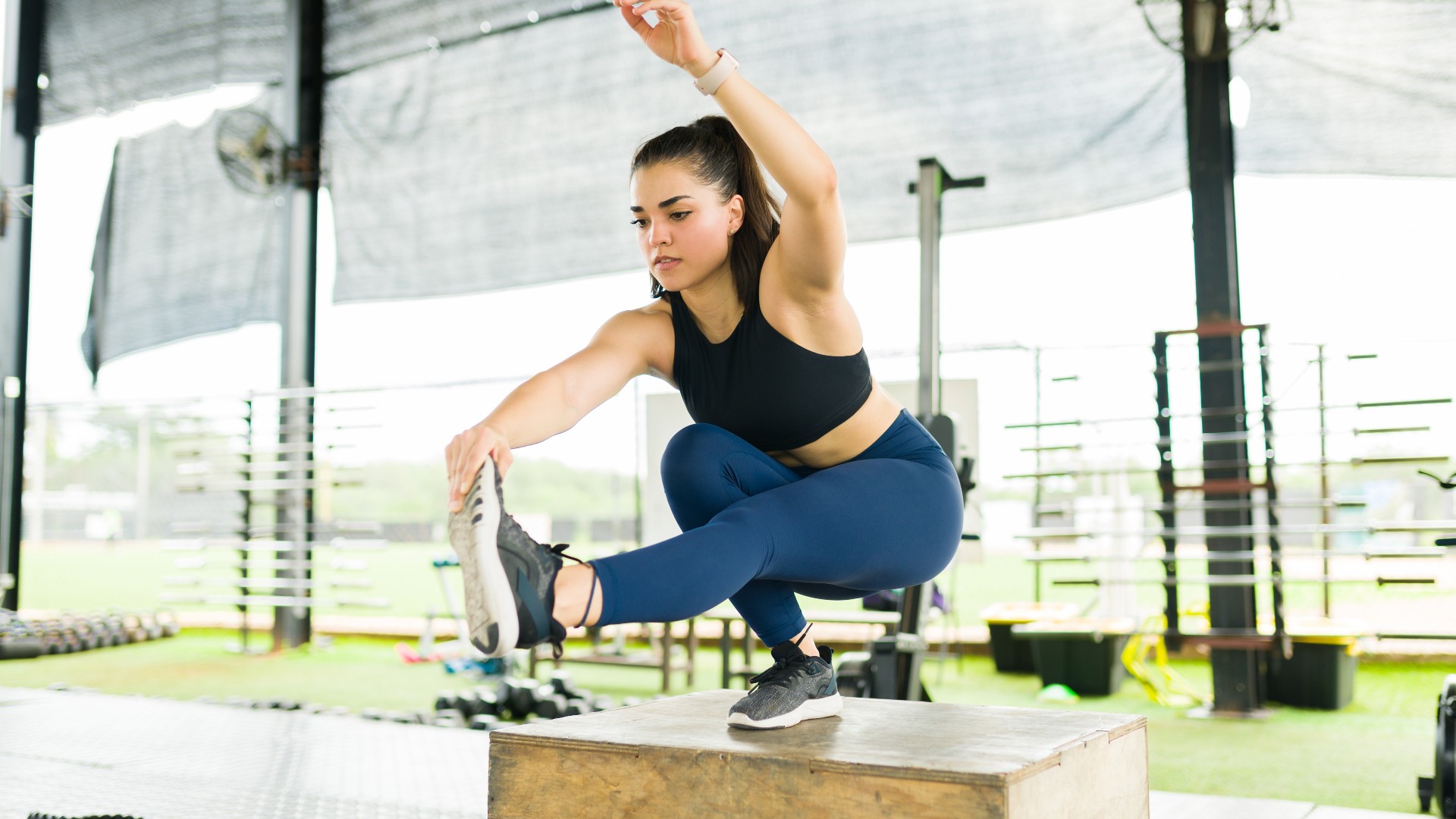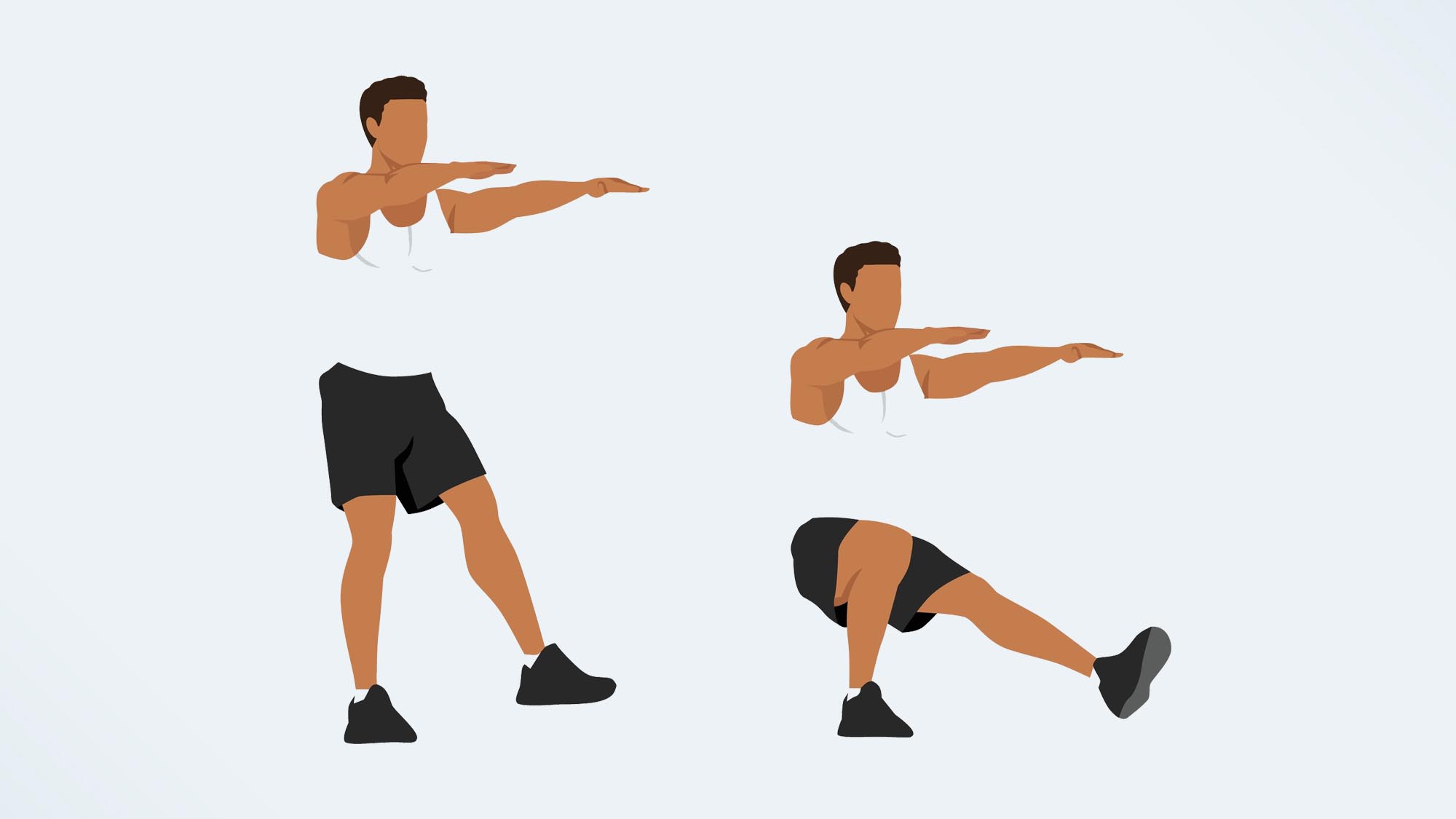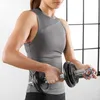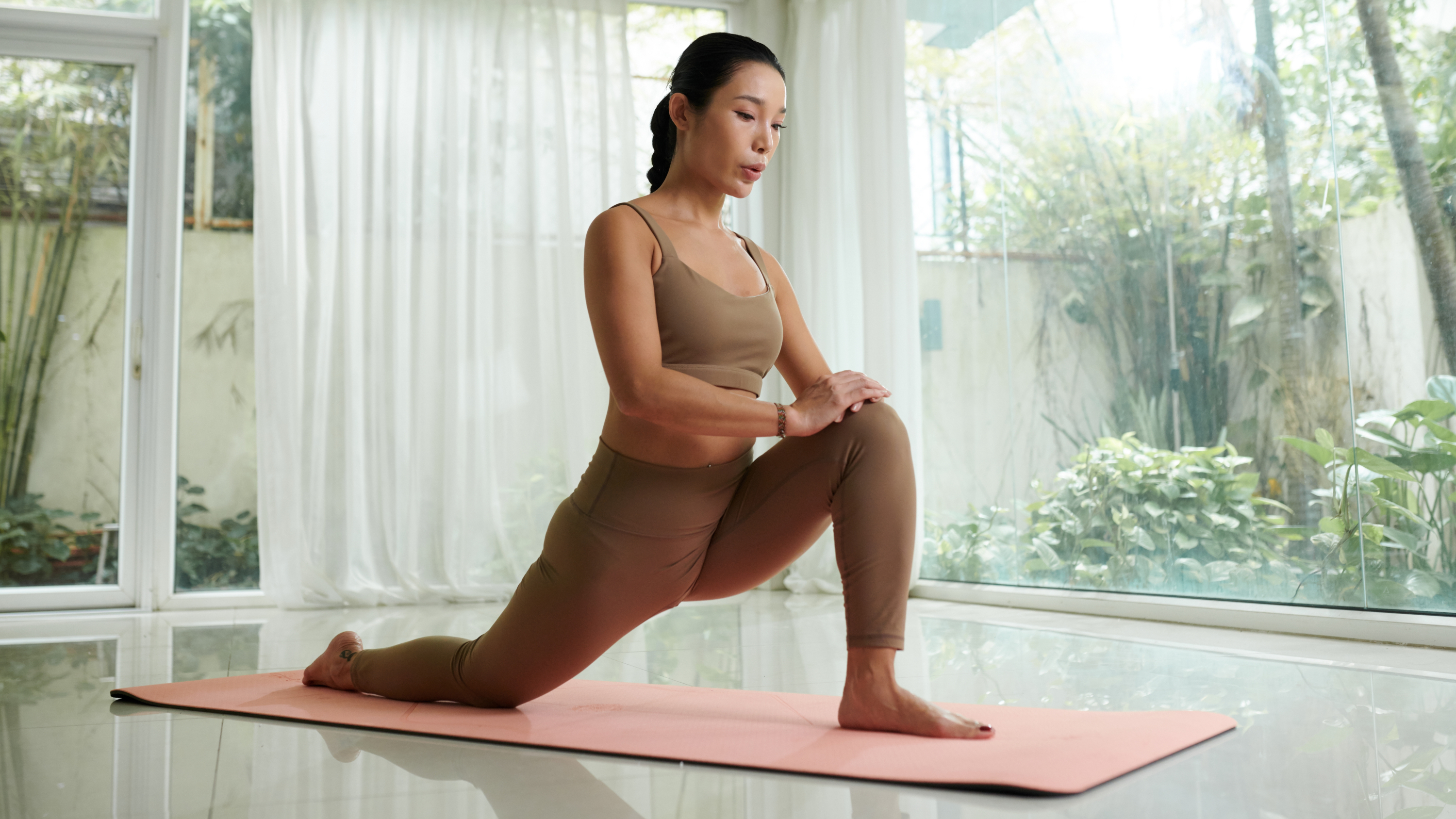I did 60 single leg squats every day for a week — this is what happened

Also known as a pistol squat (the hardest move ever, in my opinion), the single-leg squat is an exercise that tests mobility, flexibility, strength and balance. As a unilateral move, in that it works one leg at a time rather than both, the single-leg squat is a brilliant addition to a lower body workout routine as it ensures both legs work equally.
I’m a huge fan of lower body workouts, and I’m always down for anything I can do to challenge my legs a little more than usual. Single-leg squats have always been a struggle for me. Not because my legs aren’t strong enough, but because my mobility and flexibility are appalling.
Obi Vincent, fitness coach and Pliability athlete says: “Where single-leg squats differ from other squat variations is that it places a greater emphasis on balance, flexibility and coordination. It is one of the more difficult bodyweight exercises to perform and therefore, if mastered, is a pretty good indication of your fitness levels and lower body strength.”
Research published in the International Journal of Sports Physical Therapy even found that single-leg squats have less impact on the spine than regular squats, so if you suffer from back pain or are recovering from an injury, single-leg variations could be the way to go.
I decided to do 60 single-leg squats (30 on each leg) every day for a week, to shake up my routine and give my legs a challenge. Here’s how I got on.
How to do a single leg squat
For a standard bodyweight single-leg squat with no assistance, try this:

- Start standing on your right foot
- Extend and hold your left leg straight in front of you (or as straight as you can manage). Keep your arms by your side, or wherever feels most comfortable
- Keep your torso upright as you slowly push your hips back and lower into a squat position, aiming for your right thigh to be at least parallel to the ground
- Press through your right heel without lifting onto the ball of your foot
- Pause at the bottom of the squat, then push through your right foot to stand. That’s one rep!
- Remember to switch sides.
After focusing on the technique, I decided to dive into the week-long challenge. Here’s what I noticed after seven days of single-leg squats.
Get instant access to breaking news, the hottest reviews, great deals and helpful tips.
My legs felt stronger
Perhaps it was in my head, but I definitely felt as though my legs were stronger after a week of single-leg squats. But, often when I introduce a new move to my workouts, I notice an immediate change, which then plateaus as my body gets used to the exercise.
Vincent adds: “The primary benefit of a single-leg squat is of course to build strength in your lower body, targeting your quads, hamstrings and glutes as well as your core and calves.”
The glutes kick in big time
I’m down for any exercise that wakes my glutes up. And single-leg squats are one such move. As an avid hip thrust devotee, I know it’s time to explore other glute-focused moves.
Doing 60 of these every day certainly gave my glutes a shock as they were working in overdrive to push my body back up to standing from the squat position. Naturally, in just one week, I didn’t notice any glute growth, but adding some resistance in the form of one of the best adjustable dumbbells or similar would no doubt help my glutes to grow over time.
It’s also important to keep your glutes strong and active as they’re the biggest muscle group in the body and take much strain off our everyday movements from walking to stair climbing and running.
These tested my hip mobility
I’ll admit, I am awful at devoting time to my mobility exercises. Because of this, my hip mobility is average at best. For single-leg squats, you need pretty decent mobility in the hips, so doing 60 single-leg squats every day certainly opened my eyes to factoring in more time to make my body more mobile.
Also, my hamstrings are so tight that I struggle to keep my leg extended in front of me during the squat. Before the exercise each day, I gave my legs a solid stretch and used a massage gun, which helped ease any nasty knots in my muscles.
Single leg squats are great for runners
I’d run every day if I could. However, I get injured easily and my hamstrings are constantly tight and sore. My physio has always recommended that I focus on single-leg work to strengthen my hamstrings; these single-leg squats are great for making sure both hamstrings are strengthened equally without one dominating.
However, I only did this challenge for a week, so I would probably need to continue longer to feel the benefits of unilateral training for my running.
There are ways to build up to a single leg squat
The exercise is by no means easy. It’s hard! And I admire anyone who can casually drop into a single-leg squat without any support. Building up to a single-leg squat takes time. Vincent says there are two great exercises to help you build toward them and they only require a box or bench.
“For the first, place a bench or box behind you and perform single-leg box squats. Do this by facing away from the bench with one leg on the floor and the other off the floor in front of you; your legs should look like the bottom of a capital ‘R’. Lower yourself into the squat until your bum touches the bench, pause for 1-second and press back up to the start position.”
Repeat this for 3 sets of 10 reps on each leg.“This will help to get your body used to movement and improve your single-leg strength and balance,” says Vincent.
“For the second exercise, stand on the box or bench on one leg with the other off the side of the bench slightly in front of your body and your toes pointing up. Lower yourself slowly until your heel touches the ground and press back up to your starting position. You can do this on a progressively higher box until you feel ready to attempt the single-leg squat,” suggests Vincent. Repeat this for 3 sets of 10 reps on each leg.
My verdict on the 60 single-leg squat challenge
If it’s leg strength you’re after, then add single-leg squats to your routine. Not only did I feel this test my lower body muscles more than usual, but my mobility and flexibility were also challenged.
Lowering my body into a squat, using just one leg, with the other leg outstretched, was nearly impossible some days, and if anything, this has increased my awareness of my need to limber up.
Can’t manage a single-leg squat? Try to build up to the exercise using Vincent’s examples above. When doing the move, feel free to hold onto a post or the edge of a squat rack for support.
More from Tom's Guide
- You just need 3 moves and a set of dumbbells to sculpt chest muscle and build upper-body definition
- Ditch the gym — you just need 20 minutes and 1 pair of dumbbells to define your core and develop full body strength
- Forget the gym — you only need 1 pair of dumbbells and 5 moves to build stronger legs
Lucy is a freelance health and fitness journalist as well as a pre and post-natal personal trainer. Although a sweaty gym session (skipping rope is a must) is her favorite way to ‘relax’, she’s also a fan of bingeing on The Office, snacking on chocolate-coated raisins, and fizz-filled brunches with friends.




